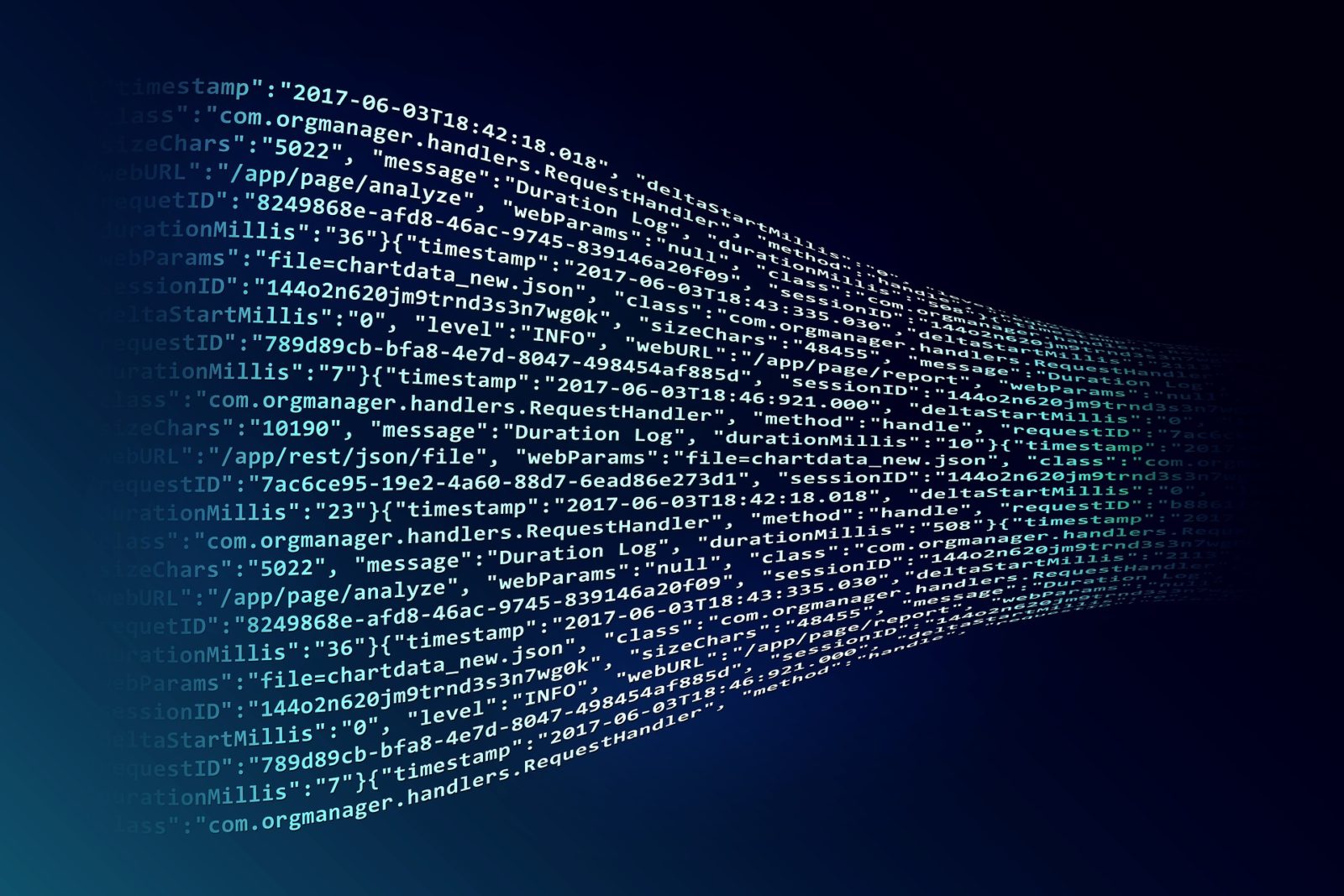Blockchain is the latest buzzword to enter the food supply lexicon. But what exactly is it? And can it really it live up to claims that it can strengthen food supply networks and help build consumer trust? A lot of people are talking about it. But in reality, few people are actually doing it and, even then, not very well.
In the first of our series of blogs by our team of strategic advisors, we hear about the importance of blockchain from Sterling Crew, FIFST, FCIEH, FRSPH. Sterling is the former vice-chair of the Institute of Food Science and Technology and was named Scientist of the Year at the Food and Drink Awards in 2015.
Blockchain is the latest buzzword to enter the food supply lexicon. But what exactly is it? And can it really it live up to claims that it can strengthen food supply networks and help build consumer trust? A lot of people are talking about it. But in reality, few people are actually doing it and, even then, not very well.
We know that trust in the food supply chain is critical. Manufacturers, consumers and watchdogs want to know where their food comes from and be confident in its safety, integrity and provenance. As food supply networks become increasingly complex, fragmented and globalised, it makes managing them more challenging.
The network is now so convoluted that it has become more difficult for a food business to unconditionally guarantee the provenance of their products – as demonstrated by the horse meat food fraud scandal.
Blockchain in the supply chain
A blockchain food supply chain management system could be part of the solution. Traditional systems are often paper-based or use basic tools and have to be reconciled by various businesses at different points in time, making it difficult to manage safety issues. The current approach can also often make it difficult to pinpoint exactly where things went wrong, contributing to the erosion of trust in the food system.
Blockchain is a collaborative solution that has the potential to revolutionise traceability and transparency of food across the supply network. It is a secure, shared, decentralised, immutable ledger for recording the history of online transactions. It is called blockchain because all the transactions are sorted into continuously growing lists of records called blocks, and each block is chained to the ones before it – all the way back to the very first transaction.
This structure makes it tough for anyone to change existing records and provides a quick mechanism for various parties to check and agree on a set of recorded facts, providing greater trust in transactions. Current food safety traceability systems can sometimes take days or even weeks to trace a consignment of food. New blockchain systems can trace products in minutes or even seconds.
Increasing traceability and accountability
Blockchain is tried and tested. It is already widely used in the financial sector as a tool to track and trade stocks, bonds and other assets, and is the technology behind the cryptocurrency Bitcoin. It can help prevent food fraud and counterfeiting issues as each link would be documented in a permanent record that cannot be altered, with instant end-to-end visibility. Blockchain has a decentralised structure.
This is a great advantage in the fight against fraud, as centralised data is more susceptible to record manipulation. But the blockchain will still need to be policed at key points to garner trust in the data being submitted.
As well as enhancing food safety and reducing the risk of fraud for manufacturers, blockchain has the potential to empower and enhance the consumer experience. Blockchain will make it easier for consumers to track the content and origins of foods, enabling individuals to make a more informed choice about the food they obtain by directly connecting with producers.
Blockchain can also be integrated with other technologies, such as smartphones, QR codes and the Internet of Things. Whether it be on the shelf or on restaurant menu, customers could scan their food and have a complete history of its journey from farm to fork, allowing them to personally validate the provenance of their purchases by tracking foods along the supply chain.
It may be some years until we see a fully blocked food supply chain. And it is unlikely that investing in blockchain need be priority for smaller food business, but it is certainly the shape of things to come.
Keeping an eye on your organisation’s supply chain is simple with Dynamic Risk Indicator. Give us a ring on 0161 967 1616 or just pop your details in the form below to chat about how we can simplify your business’ safety.
